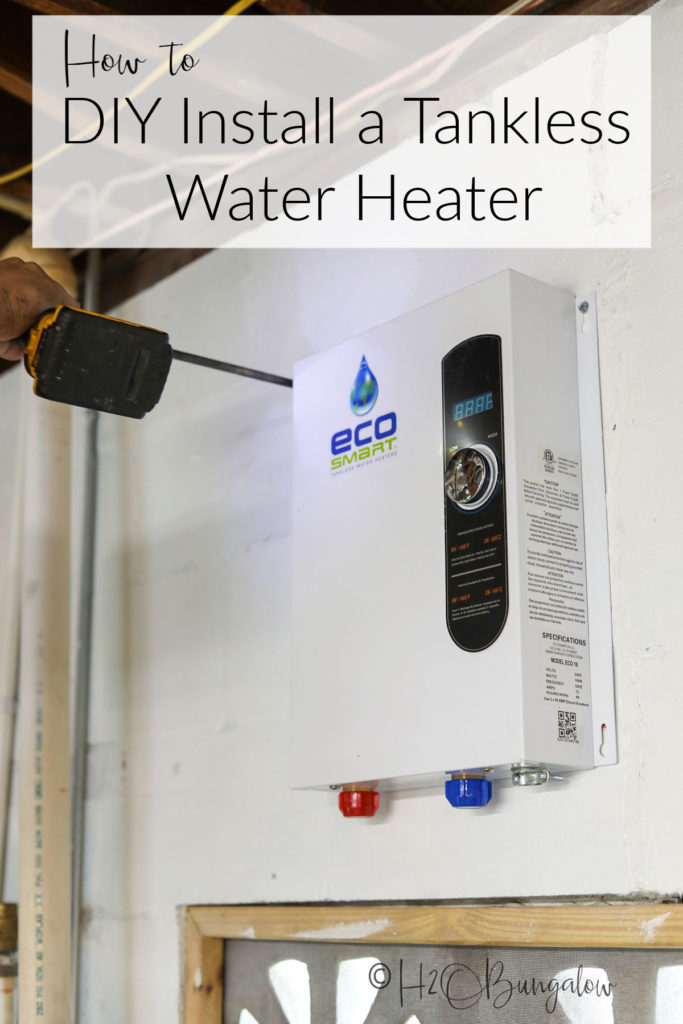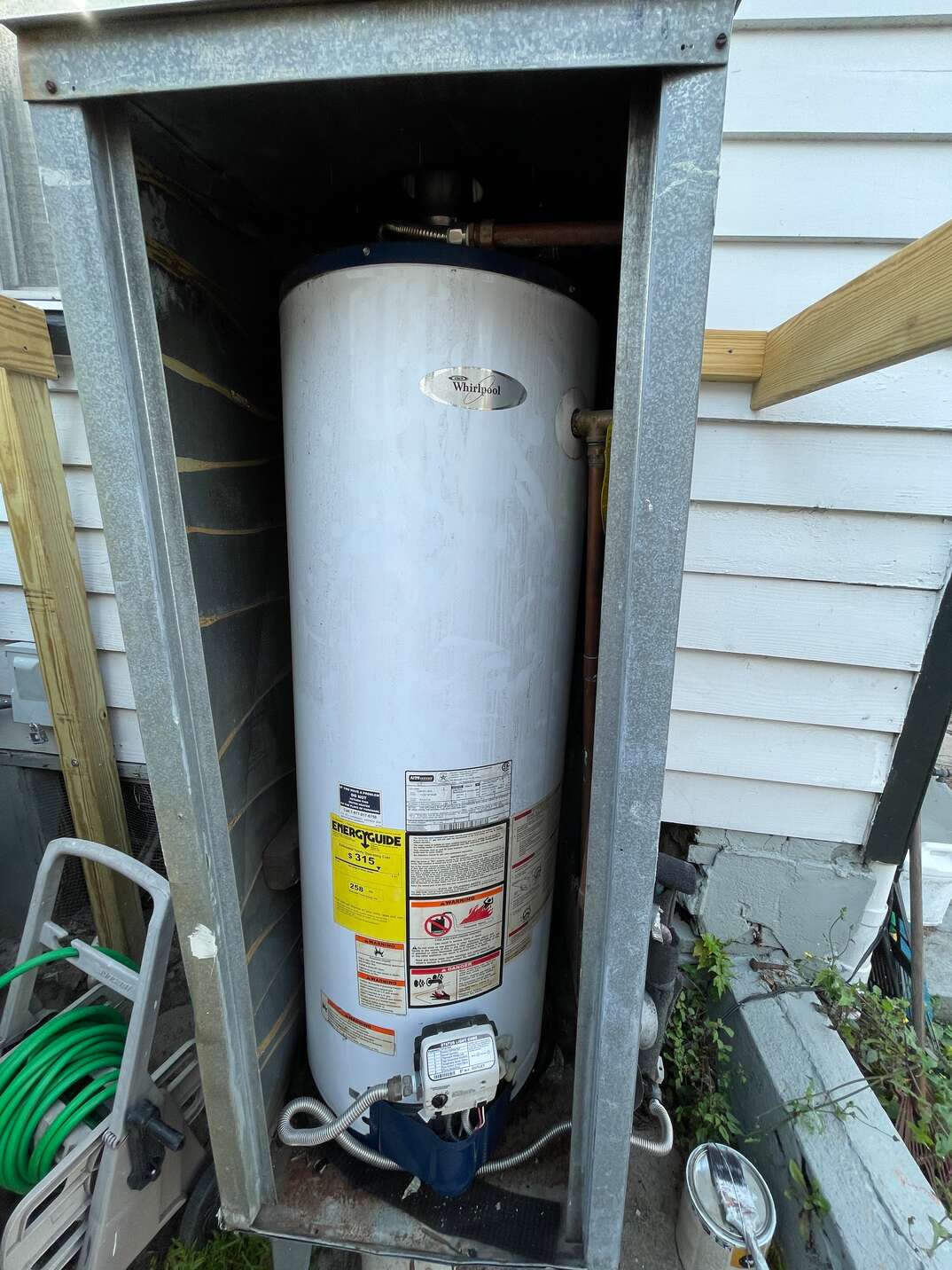Cost-effective water heater installation services in Yorba Linda for all homes
Cost-effective water heater installation services in Yorba Linda for all homes
Blog Article
The Ultimate Guide to Safe and Effective Hot Water Heater Setup
The installment of a water heater is a vital task that calls for careful focus to detail and adherence to security requirements. As we explore the important parts of a successful setup, it's essential to take into consideration the possible pitfalls that could emerge if not come close to with treatment.
Picking the Right Water Heating Unit
When picking a hot water heater, home owners have to consider a number of essential variables to guarantee optimum efficiency and effectiveness. The initial factor to consider is the sort of water heater, which commonly includes tankless, storage container, heatpump, and solar designs. Each kind has its own advantages and drawbacks, affecting power intake, healing rates, and setup requirements.
Next, it is important to assess the size or capability of the hot water heater. This depends on the household's warm water need, which can differ based upon the number of residents and their usage patterns. An unit that is too small will lead to inadequate hot water supply, while a large unit might lose energy.
Energy efficiency is an additional crucial factor. House owners need to seek units with high power factor (EF) rankings, as these show far better efficiency and lower operating expense gradually. Furthermore, the gas source-- electricity, gas, or gas-- will influence both installation costs and recurring costs.
Preparing for Setup
Proper prep work is critical for an effective hot water heater installment, and there are several crucial actions homeowners ought to follow. Analyze the installment area to guarantee it abides with neighborhood structure codes and safety and security policies. This consists of checking for ample air flow, clearance area, and availability for maintenance.
Following, switch off the water system and electrical power or gas to the existing water heater to stop any kind of accidents during the installment procedure. Drain the old unit totally to stay clear of any spills, and disconnect it from the plumbing and power sources.
In addition, gather relevant documentation such as guarantees, installation handbooks, and neighborhood pipes codes to ensure conformity. If any kind of upgrades are required for pipes or electric systems to fit the brand-new unit., this is also the time to determine.
Last but not least, think about informing your neighbors if the installation may trigger interruptions, and guarantee that youngsters and pet dogs are maintained clear of the job area. By taking these primary actions, home owners can assist in a smoother setup process, reducing prospective delays and difficulties.
Devices and Materials Needed
A well-organized toolkit is essential for an effective water heater installment. Having the right tools and materials handy not just enhances the procedure however likewise makes sure security and compliance with local codes.
First, gather basic hand devices, consisting of a pipeline wrench, flexible wrench, screwdrivers (both flat and Phillips), pliers, and an utility knife. These will certainly aid in getting rid of old installations and safeguarding brand-new links. A drill with appropriate little bits might be needed for securing the water and placing heating system.
Next, ensure you have pipes materials such as Teflon tape, pipe fittings, and flexible hose pipes for linking water lines. For gas hot why not look here water heater, a gas line adapter and a pipe joint substance are vital. Think about also having a degree to guarantee appropriate alignment.
Safety devices ought to not be forgotten; gloves and security goggles protect against potential hazards. Validate the accessibility of necessary products like a brand-new water heater, growth container (if called for), and any type of extra insulation or airing vent parts.
Step-by-Step Installation Process

Next, prepare the brand-new hot water heater by positioning it in the designated location, guaranteeing it is level and secure. Attach the cold water supply line to the inlet and the warm water line to the outlet, making use of look at this site appropriate installations. For gas heating systems, guarantee the gas line is effectively connected and that all fittings are protected.
Once the plumbing links are developed, attach the power supply. For electrical heating units, this includes wiring the system to the electrical panel, complying with regional codes. For gas devices, ensure to set up an airing vent system that satisfies security requirements.

Safety Tips and Best Practices
Making sure security during hot water heater installation is critical to avoid mishaps and guarantee a smooth procedure. Primarily, shut off the power supply or gas line to the existing system prior to beginning any kind of job. This will alleviate the risk of electric shock or gas leaks. In addition, it is essential to put on ideal individual protective tools (PPE), such as gloves and security goggles, to secure versus possible dangers.
Before installation, examine the location for any type of indicators of water damage, mold, or structural concerns that might pose dangers throughout or after the installation process. Ensure that the installation adheres to regional building ordinance and manufacturer standards to avoid future obligations. water heater. It is a good idea to have a fire extinguisher close by, especially when working with gas systems
During the installment, maintain correct air flow to stop gas accumulation. If the job appears frustrating, consider working with a licensed professional to make certain the job is completed securely and successfully. After setup, test the system thoroughly to verify proper operation, examining for leakages or unusual sounds. By sticking to these safety and security pointers and best site best techniques, you can ensure a successful hot water heater installation.
Verdict
To conclude, successful installation of a water heating system needs careful planning and adherence to safety protocols. Compliance with local codes, appropriate prep work of the setup site, and the usage of proper tools and products are essential for making certain an effective procedure. Applying security ideas and best methods safeguards both the installer and the property. For those lacking experience, getting the services of a certified expert is a good idea to assure ideal security and performance of the water home heating system.
Make certain the water supply is transformed off and the existing water heating unit is separated. Attach the chilly water supply line to the inlet and the warm water line to the outlet, using proper installations.Guaranteeing safety throughout water heating system installation is paramount to prevent crashes and make sure a smooth operation.Prior to installation, evaluate the location for any kind of signs of water damages, mold and mildew, or structural concerns that might present risks during or after the installment process. By adhering to these safety suggestions and finest practices, you can make sure an effective water heating unit installment.
Report this page